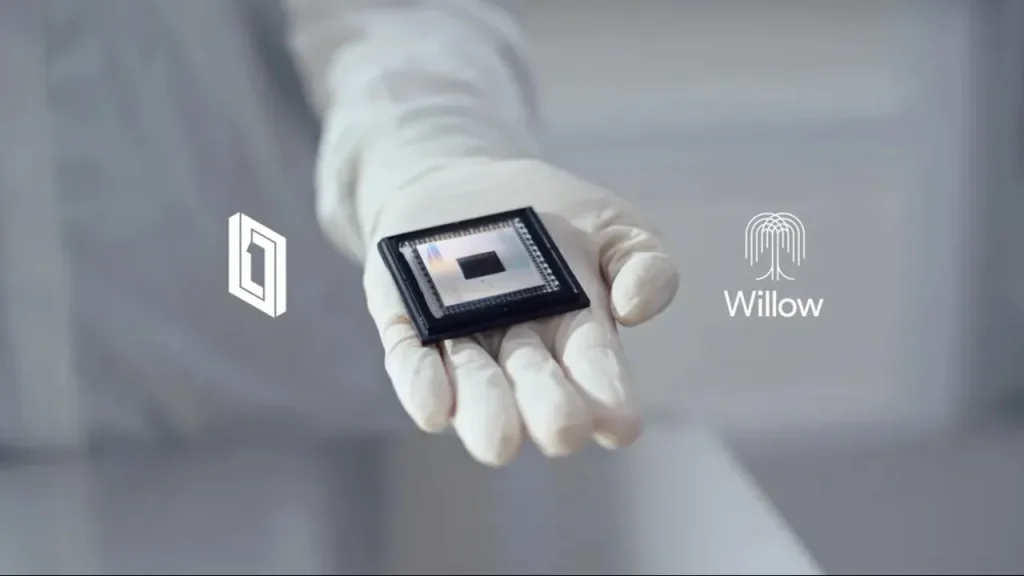- Google’s Willow chip executes the first-ever verifiable quantum algorithm, Quantum Echoes, 13,000 times faster than classical supercomputers.
- The breakthrough could pave the way for advancements in quantum-based drug discovery and materials science.
What happened: Willow chip achieves quantum breakthrough
In a landmark development, Google has announced a significant breakthrough in quantum computing. The company’s Willow quantum chip has achieved the “first-ever verifiable quantum advantage” by running the Quantum Echoes algorithm. This algorithm, a step forward in quantum computing, outperforms traditional supercomputers, completing tasks 13,000 times faster.
The breakthrough involves using the Quantum Echoes algorithm to study molecular structures, a potential game-changer for fields such as chemistry and materials science. Google’s chip makes this possible by using a technique that amplifies quantum signals via constructive interference, resulting in highly sensitive measurements.
The experiment, conducted in collaboration with the University of California, Berkeley, demonstrated that the Willow chip could study molecules with precision. This was validated by comparing the quantum results with those from traditional Nuclear Magnetic Resonance (NMR) techniques, revealing new molecular information.
Also Read: auDA: Administrator of Australia’s .au Domain
Also Read: 1-TO-ALL: Thailand telecom and solutions distributor
Why it’s important
This quantum advantage marks a step toward real-world quantum applications. The ability to model quantum phenomena, including atomic interactions, could revolutionise industries reliant on molecular science, such as drug discovery and material design. As quantum computing matures, it could vastly improve the capabilities of NMR, offering new tools for drug discovery and the design of advanced materials.
Ashok Ajoy, Assistant Professor of Chemistry at UC Berkeley, highlighted the potential for quantum computing to enhance NMR spectroscopy, which is crucial for understanding molecular structures. With quantum computing’s growing role, this breakthrough signals the start of many more real-world applications.
Google’s goal is to scale towards an error-corrected quantum computer, and it expects future advancements to open new frontiers in scientific research. As the technology evolves, it could lead to transformative breakthroughs across various industries.

